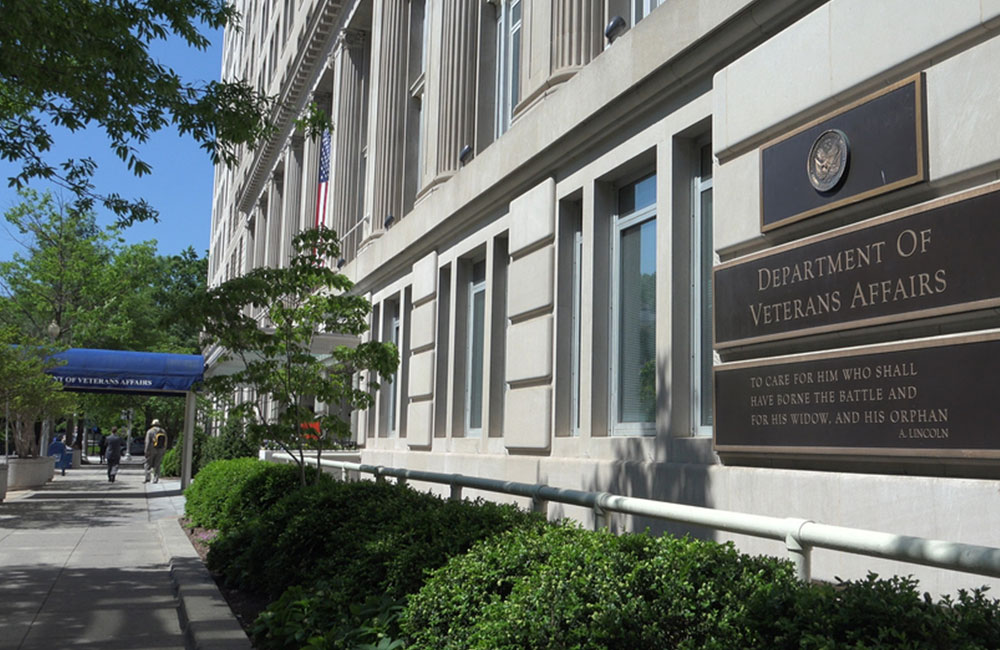National Initiative Aims to Democratize AI Research Access
The National AI Research Resource task force is developing a roadmap to expand cyber infrastructure for AI R&D.

The National Artificial Intelligence Research Resource (NAIRR) task force recently made recommendations to democratize access to AI R&D and advance responsible and trustworthy AI technologies. The task force’s upcoming final report will lay out a roadmap for expanding the national cyber infrastructure for AI.
“AI is transforming the world,” said Lynne Parker, Director of the National Artificial Intelligence Initiative Office, at Thursday’s AI Gov: Data event hosted by GovCIO Media & Research. “At the same time, it does give rise to new challenges that necessitate further study. So, to realize the promise of AI and responsibly manage those new challenges, we have to expand the ability of our research community to pursue those cutting-edge AI research challenges and make the pathways to do so more equitable.”
AI research currently requires access to large amounts of computational power and data, resources that are often limited to large technology companies and well-funded universities.
“This resource divide has the potential to adversely skew our AI research ecosystem, and in the process threaten our nation’s ability to cultivate an AI research community and workforce that reflects our rich diversity and harness AI in a manner that serves everyone in the nation,” Parker said.
The NAIRR seeks to lower barriers to entry so more Americans can become involved in AI research.
“The strategic objective for establishing a NAIRR would be to strengthen and democratize the US AI innovation ecosystem in a way that protects privacy, civil rights and civil liberties,” Parker said. “And to achieve that objective, the NAIRR and its governance processes will be designed to do four main things. Number one, spur innovation; number two, increase diversity of talent; three, improve capacity, and then four, advance trustworthy AI.”
The NAIRR will provide a broadly accessible collection of resources for AI research, including computational infrastructure, public and private sector data and testbeds. These resources will be available through an intuitive user interface alongside educational tools designed to provide user support.
The interim report includes funding recommendations for addressing diversity, equity and inclusion; creating easy on-ramps to access NAIRR resources and public-private partnerships to coordinate a network of trusted data and compute resources.
“These recommendations really fundamentally address how we can truly democratize access and the ability to contribute to AI R&D,” said Manish Parashar, Director of the Office of Advanced Cyberinfrastructure at the National Science Foundation.
Parker said some elements of the NAIRR plan will require advances in cyber infrastructure, and that the final report will include a detailed roadmap for spinning up the NAIRR and bringing together AI resources. The final report is anticipated to be released by the end of this year.
This is a carousel with manually rotating slides. Use Next and Previous buttons to navigate or jump to a slide with the slide dots
-

White House Science Chief: US-Driven AI Sets Global Standards
Michael Kratsios outlined how American AI technology on the global stage will help standardize the tech and counter China’s influence.
5m read -

Modernizing Critical Infrastructure in the Face of Global Threats
Officials are expanding the latest strategies in boosting defense infrastructure, including securing satellite communications, upgrading enterprise-wide technology, optimizing data management.
20m watch -

Trump AI Orders Call for Speed in Building Infrastructure
The directives call for expanding AI infrastructure, streamlining federal permitting and promoting AI exports.
4m read -

DOD Accelerates Software Modernization with Agile DevSecOps Push
The Pentagon's software implementation plan tackles cultural hurdles and integrates security early to deliver critical capabilities faster.
6m read -

White House Unveils AI Action Plan to Secure Global Dominance
The strategy outlines steps to accelerate private sector innovation, build critical infrastructure and advance U.S. leadership in AI policy and security.
3m read -

VA's Platform One Powers Rapid Innovation to Bolster Digital Services
VA's Platform One accelerates software development timelines from weeks to hours, ultimately enhancing digital services for veterans.
5m read -

Opinion: Original Intelligence Is the Missing Piece for AI Transformation
Limitations of AI agents and development drive growing needs for workforce development and "original intelligence."
3m read -

Pentagon's $200M AI Contracts Signal Broader Effort to Transform Talent
The Army is leveraging Silicon Valley, reservist programs and new hiring strategies to integrate critical digital skills in its ranks.
5m read -

AI Foundations Driving Government Efficiency
Federal agencies are modernizing systems, managing risk and building trust to scale responsible AI and drive government efficiency.
43m watch -

Agencies Tackle Infrastructure Challenges to Drive AI Adoption
Federal agencies are rethinking data strategies and IT modernization to drive mission impact and operational efficiency as new presidential directives guide next steps.
5m read Partner Content -

Generative AI Demands Federal Workforce Readiness, Officials Say
NASA and DOI outline new generative AI use cases and stress that successful AI adoption depends on strong change management.
6m read -

The Next AI Wave Requires Stronger Cyber Defenses, Data Management
IT officials warn of new vulnerabilities posed by AI as agencies continue to leverage the tech to boost operational efficiency.
5m read




